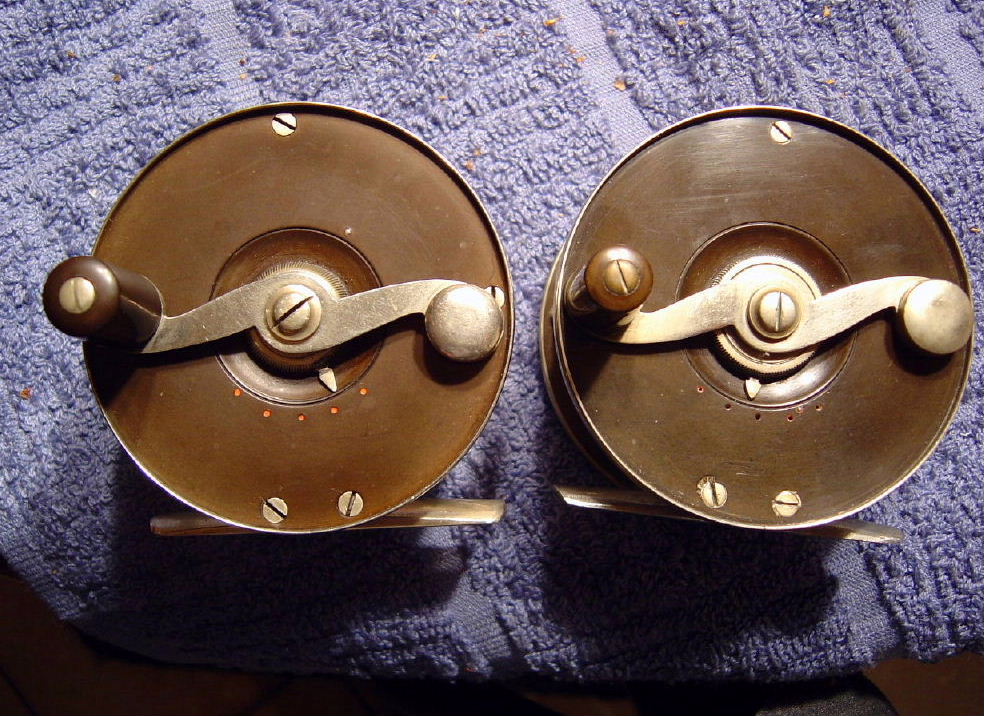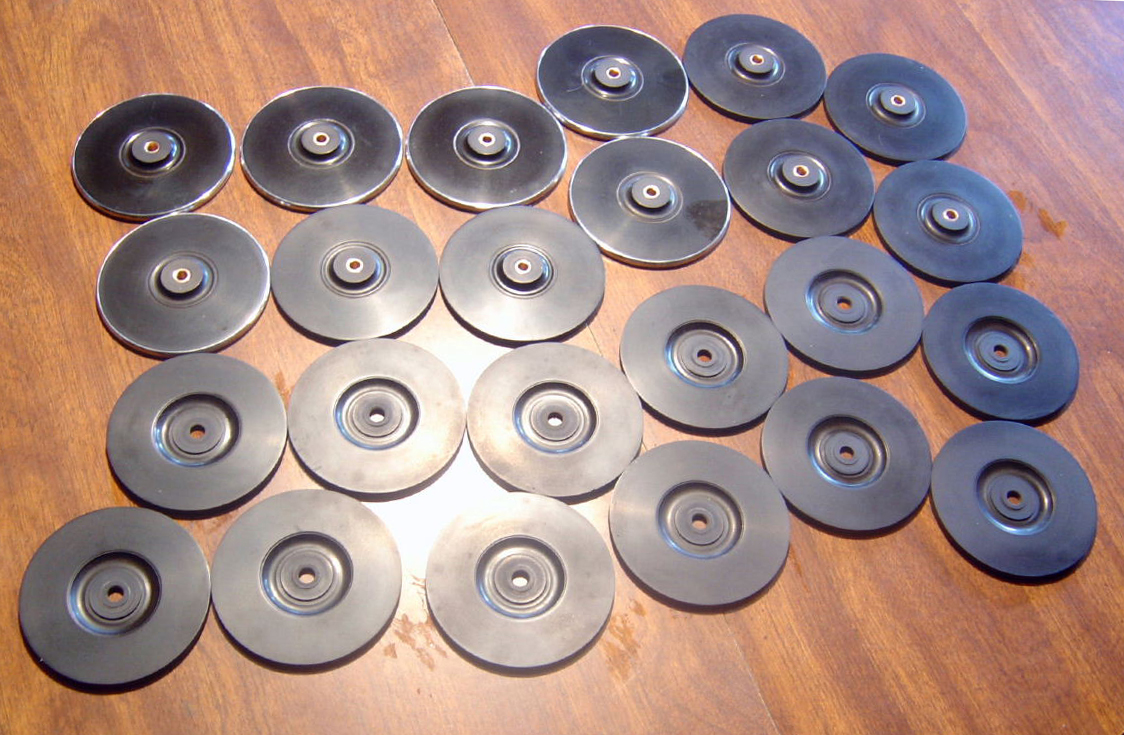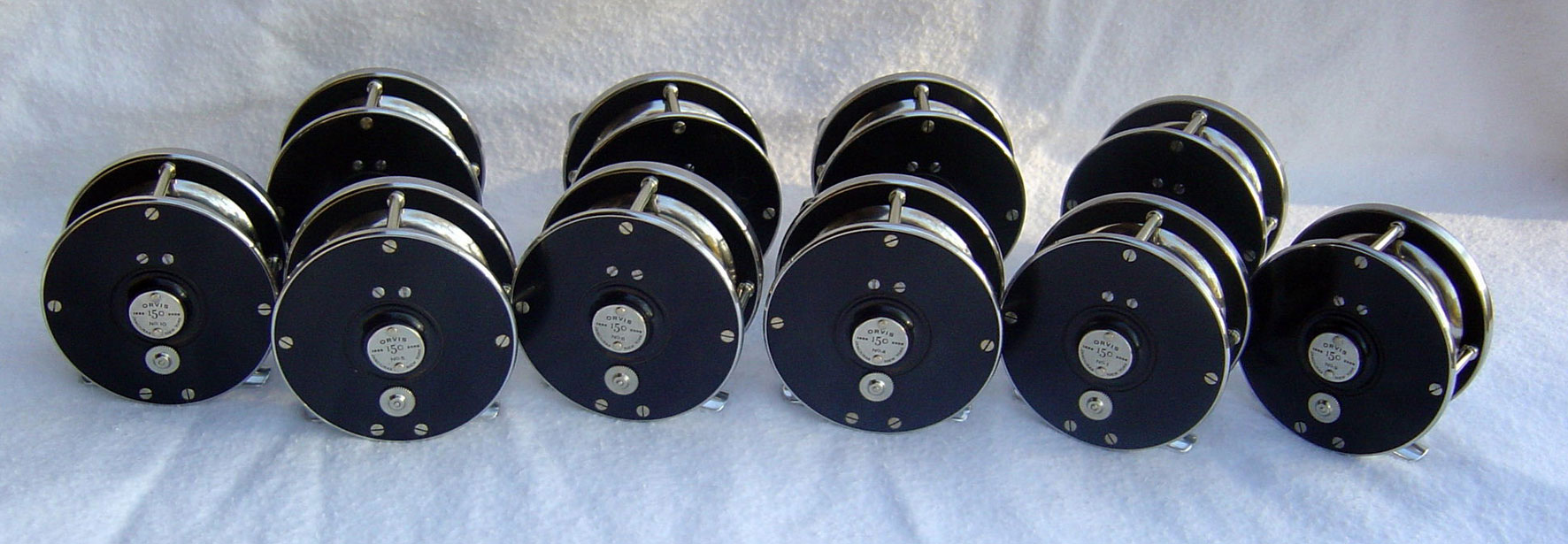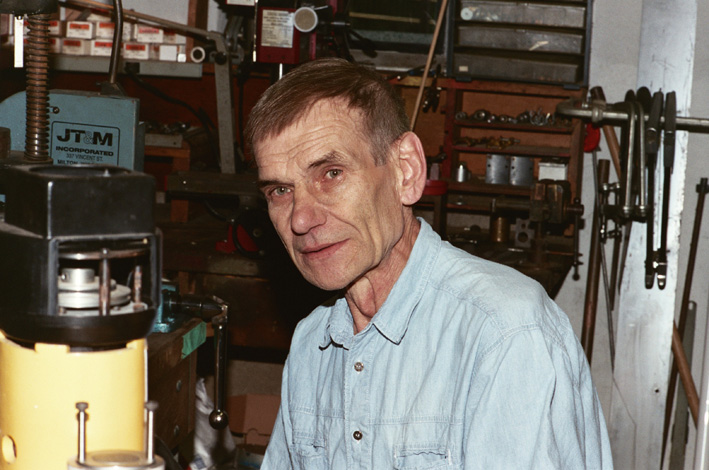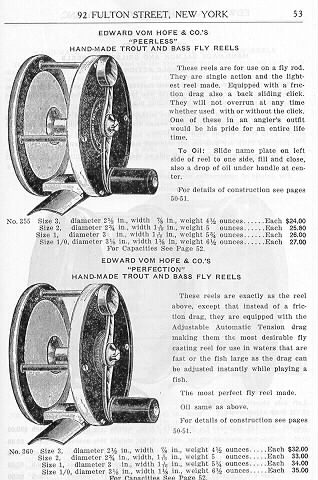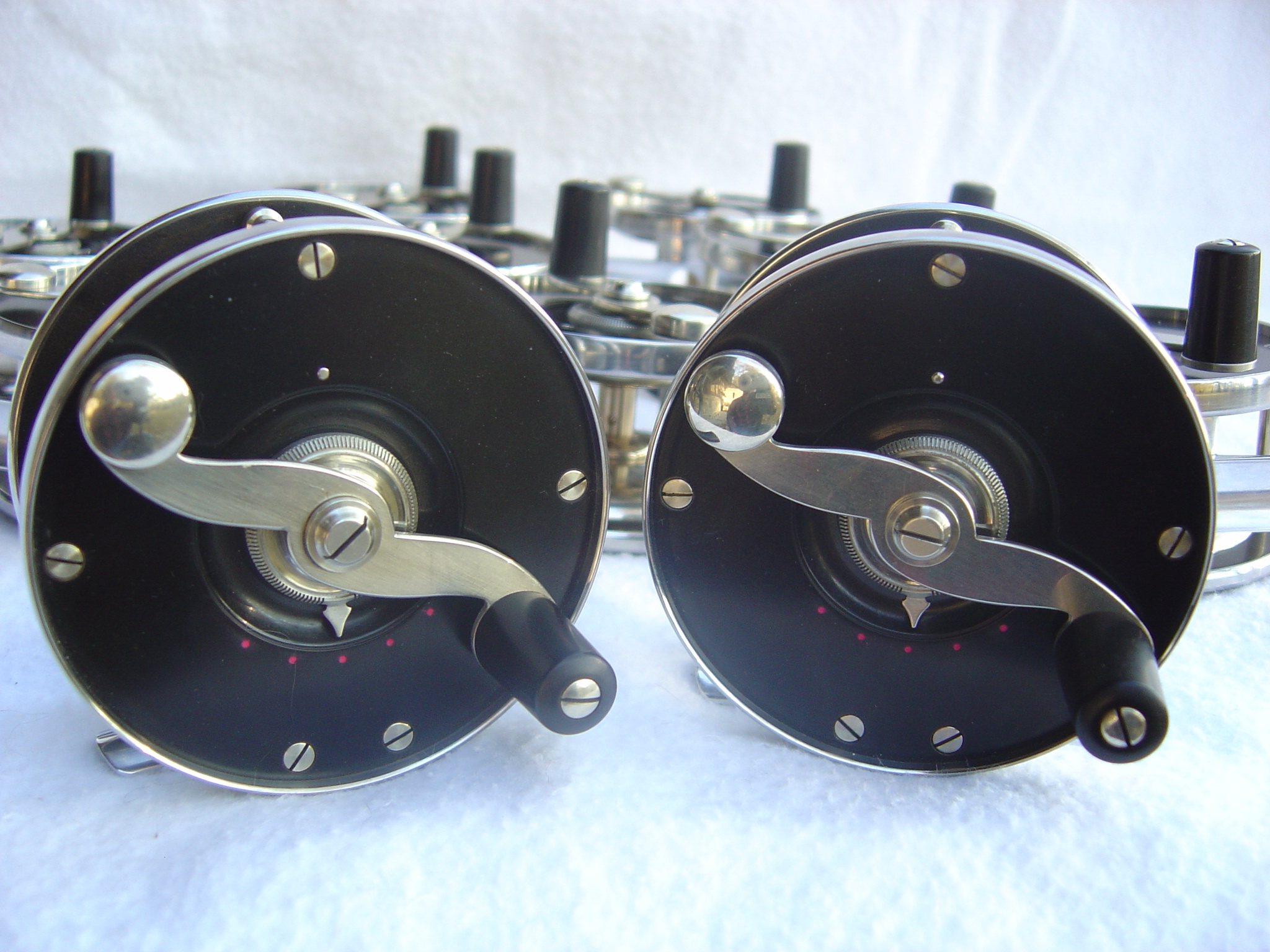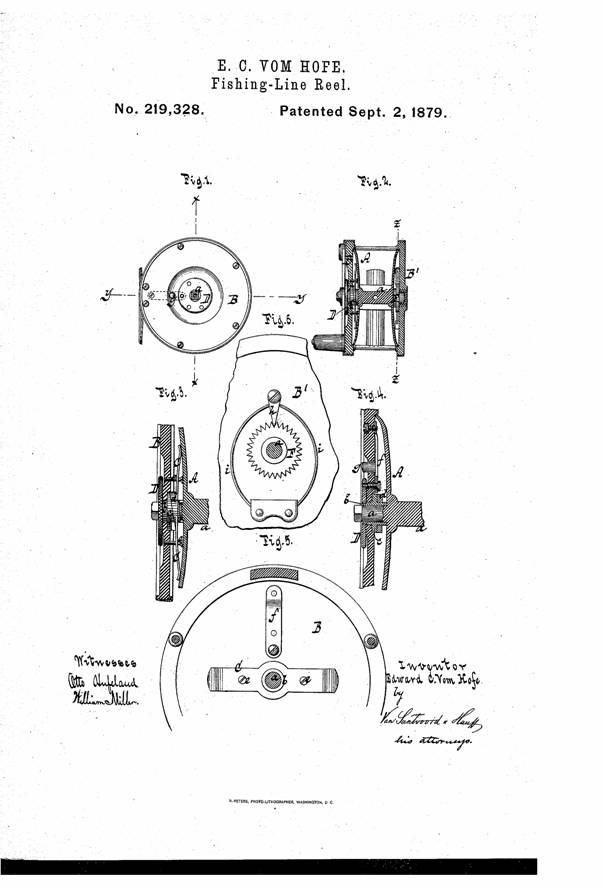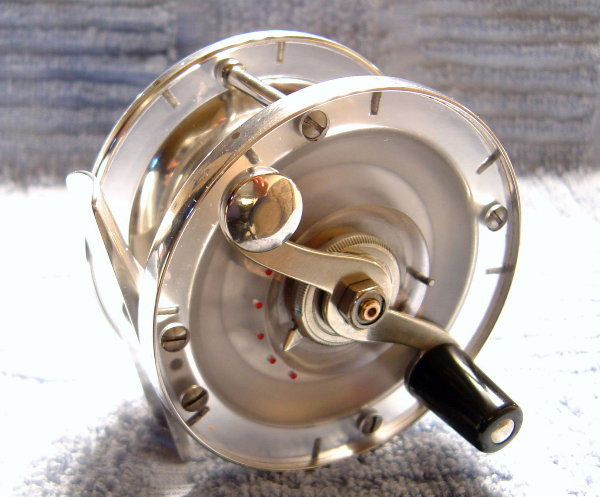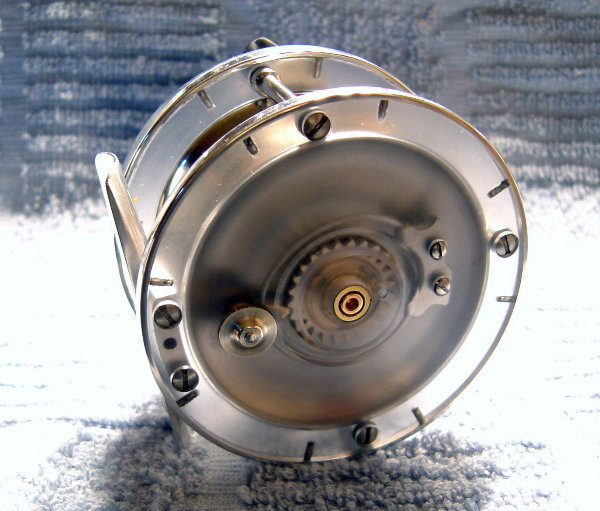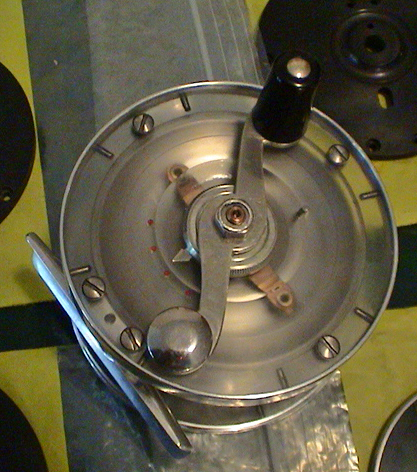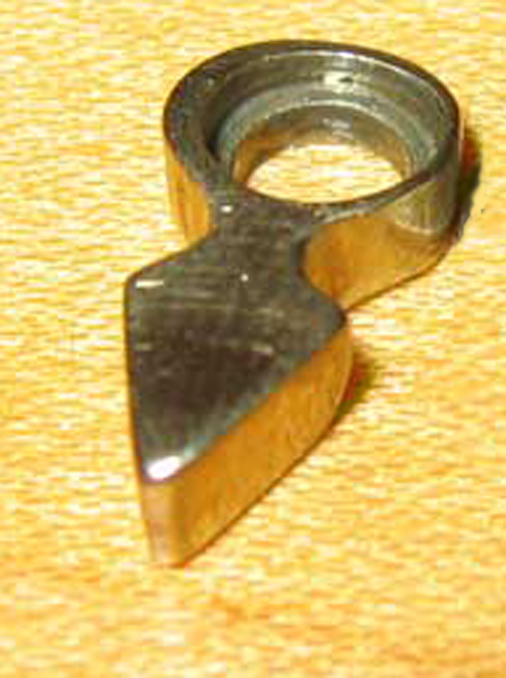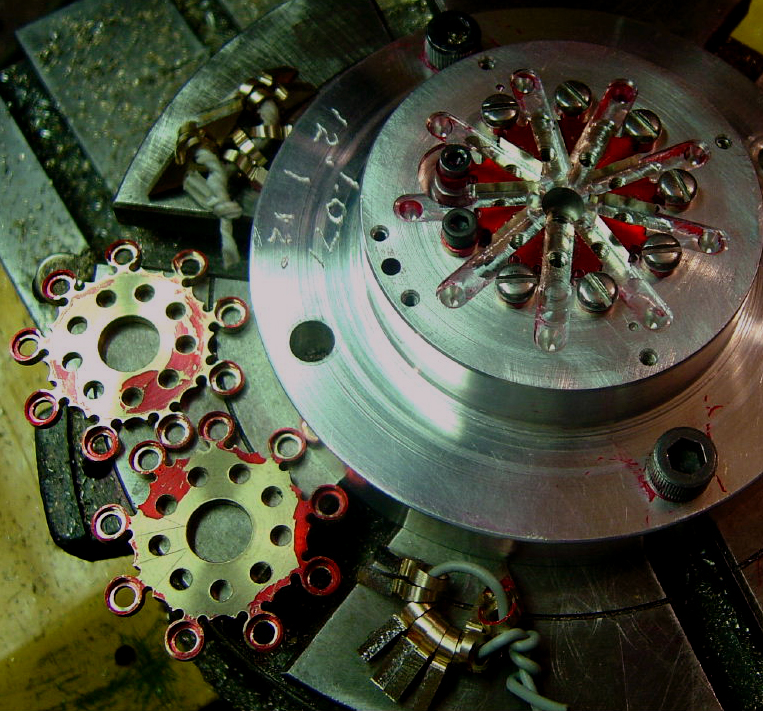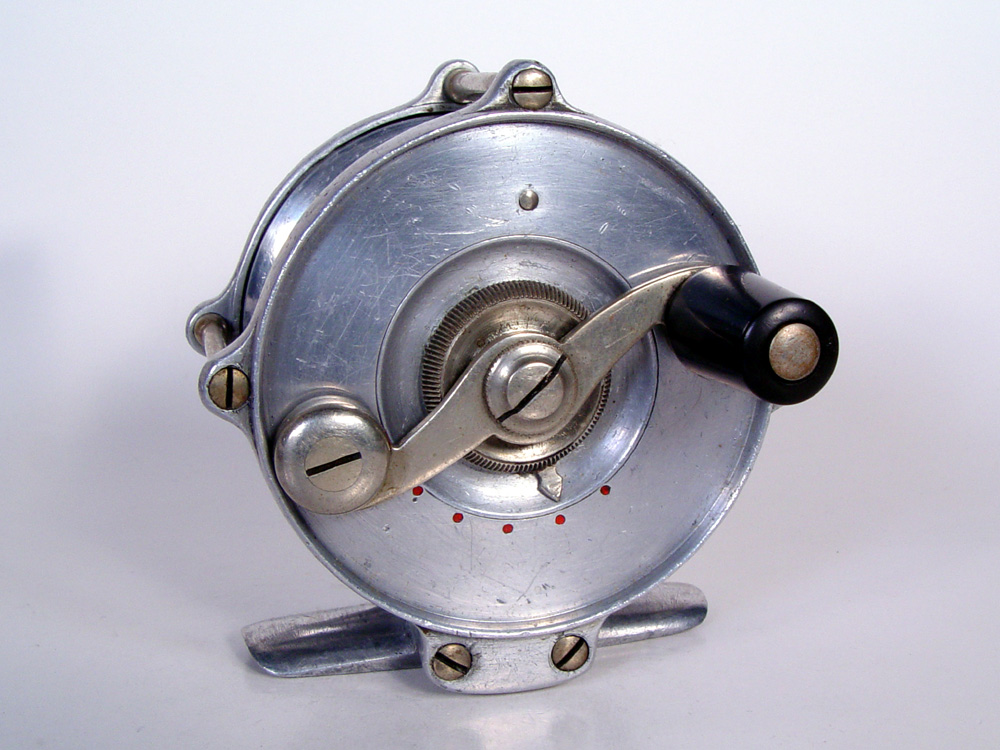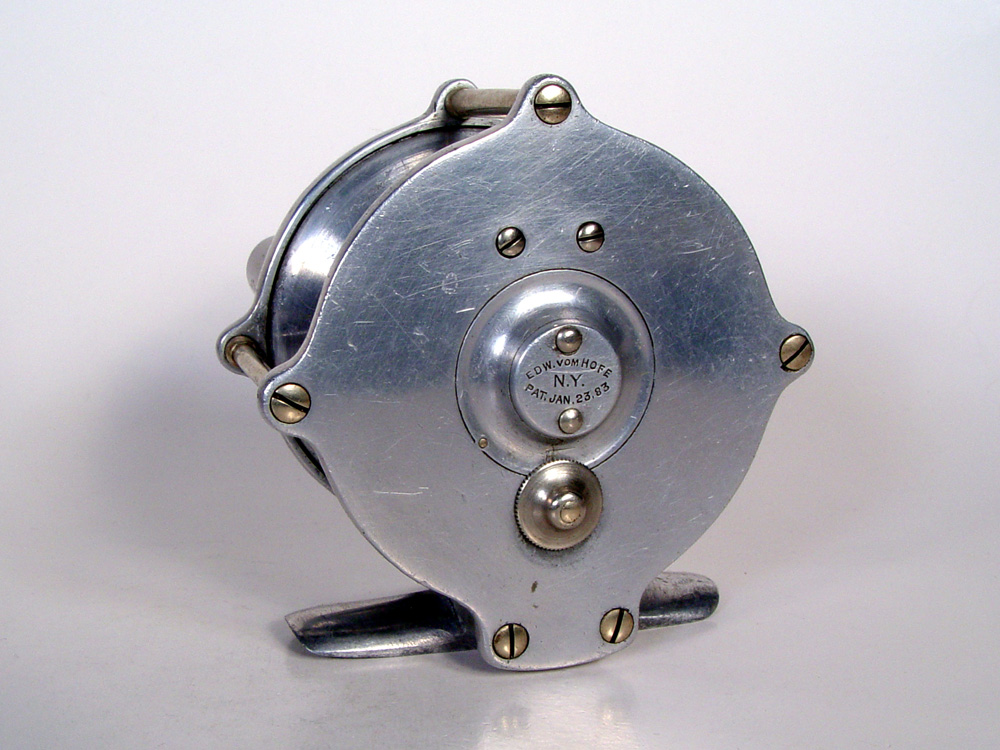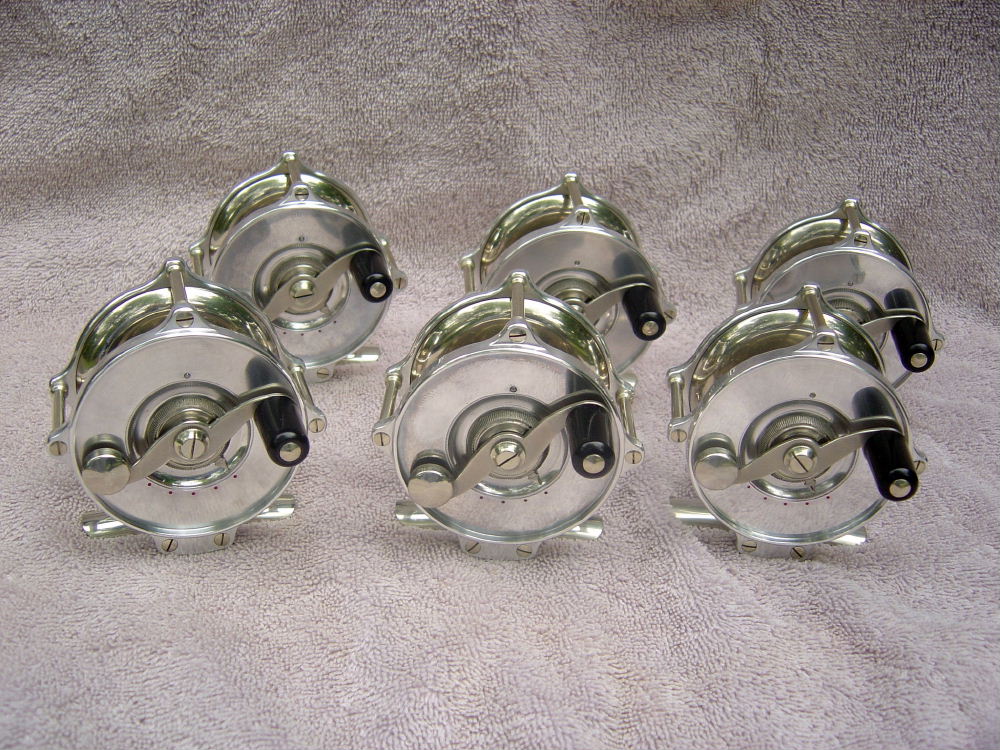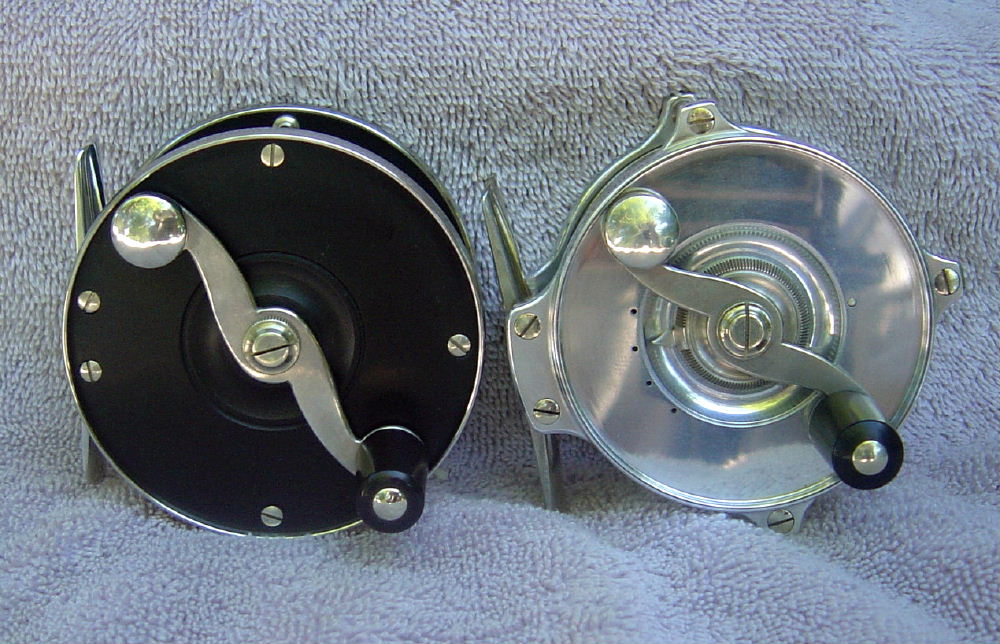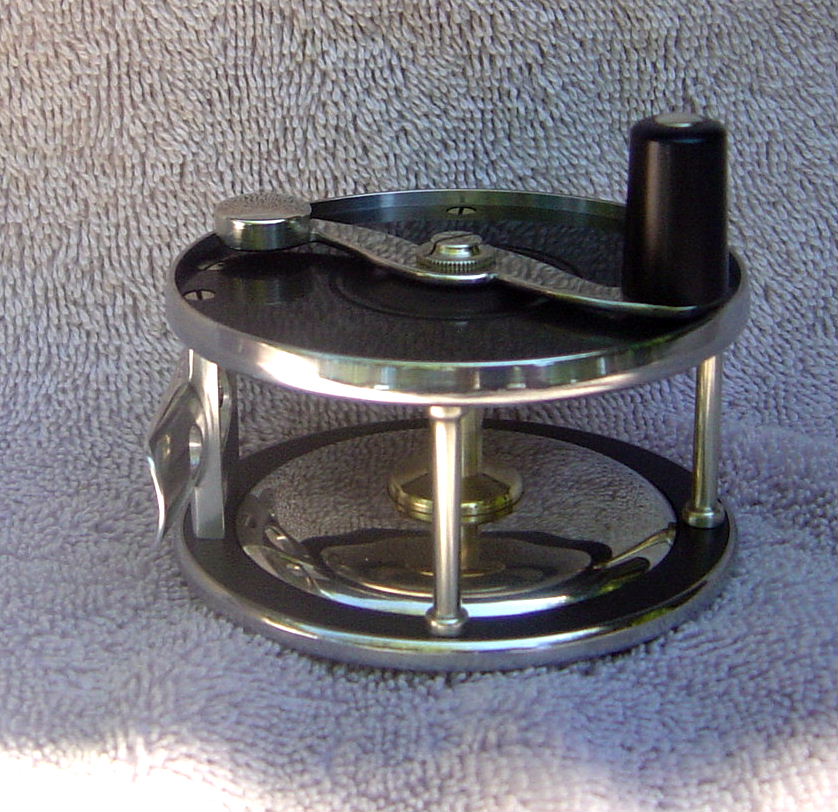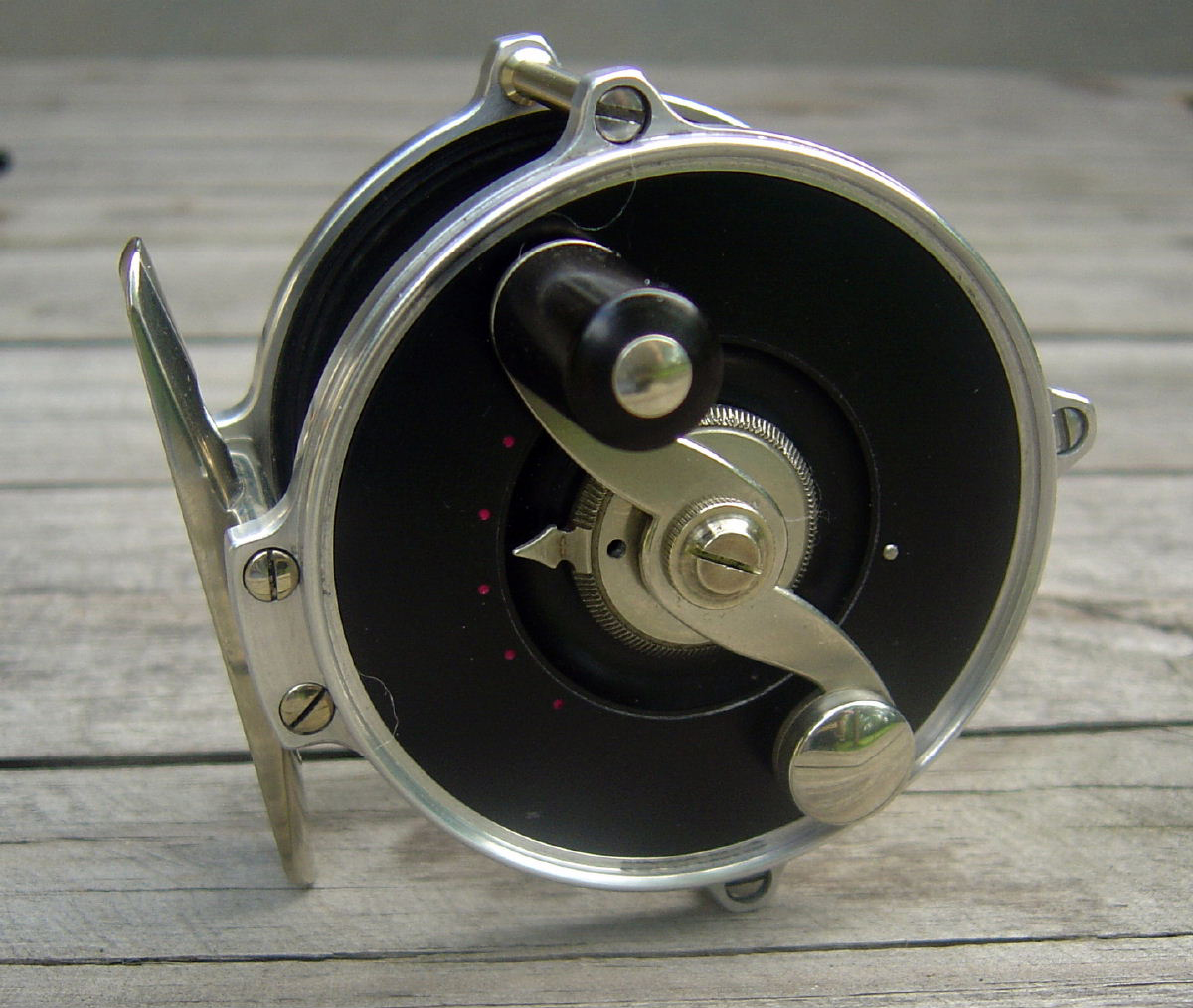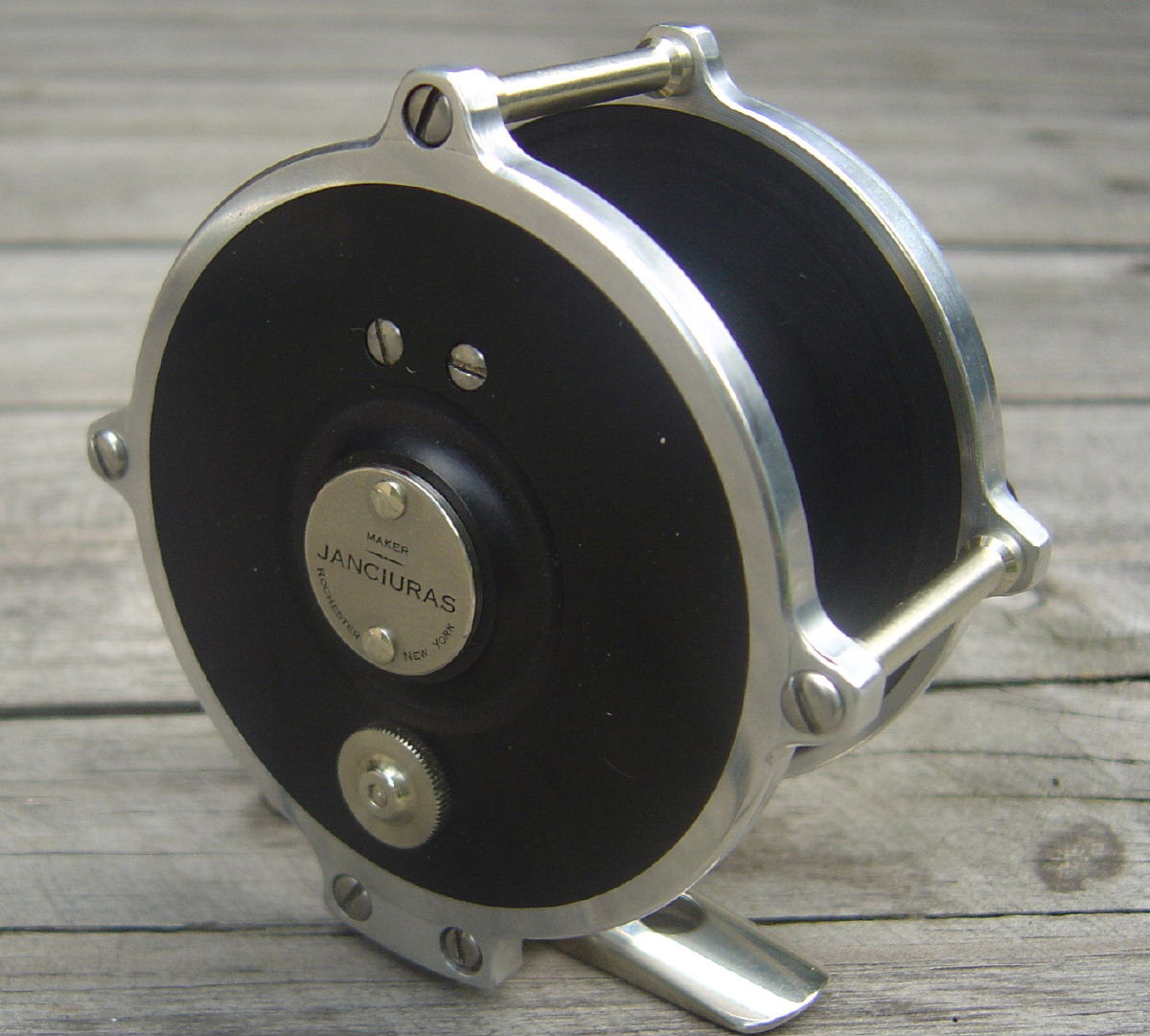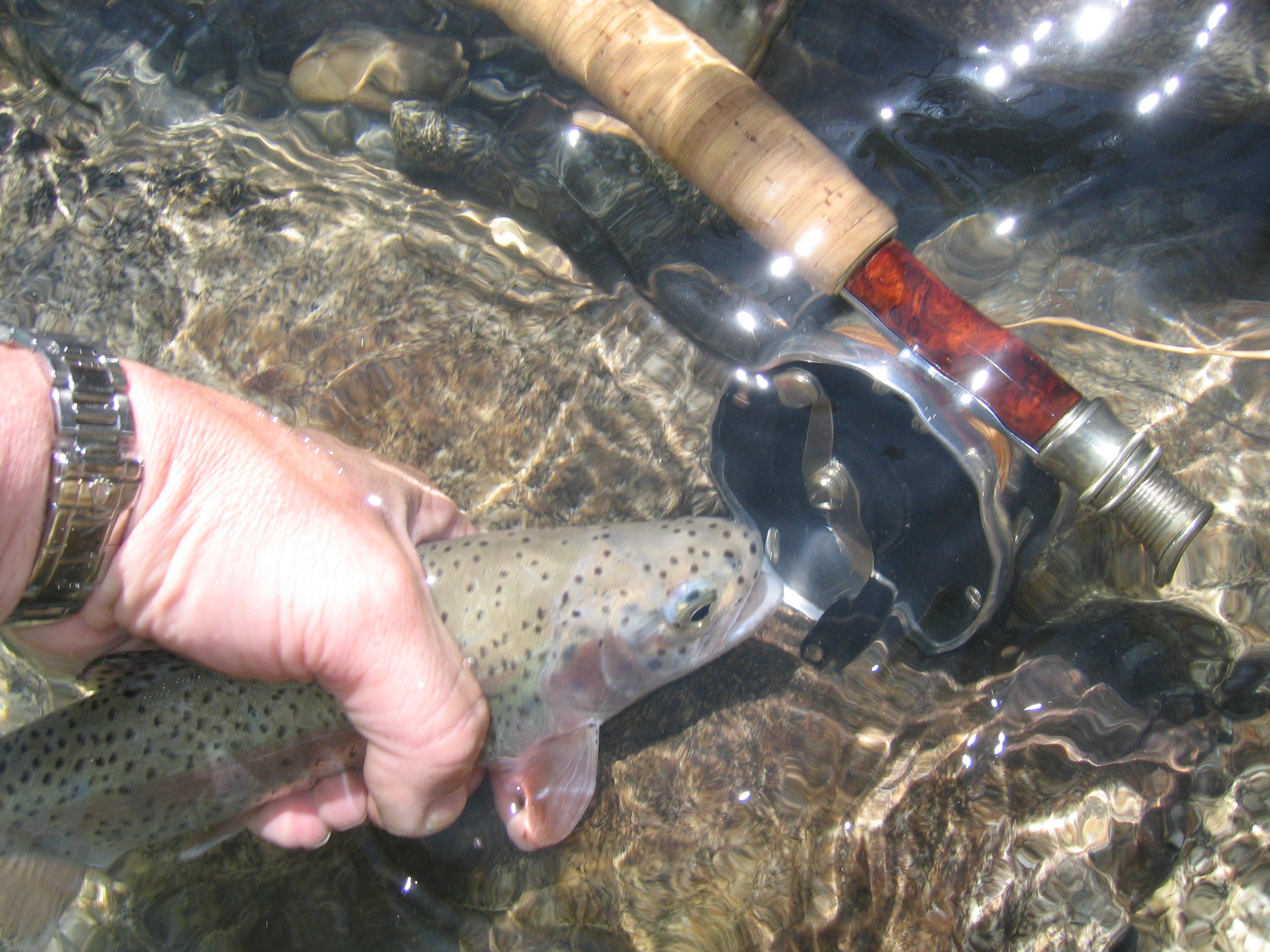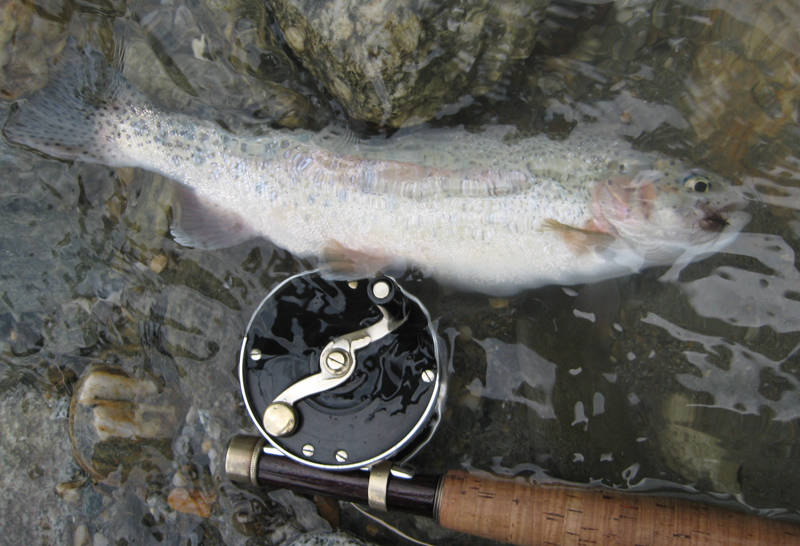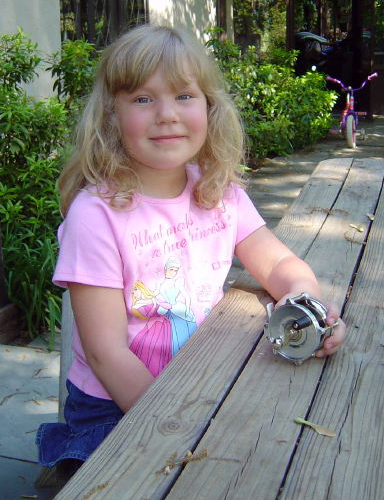About four years ago news spread over the web that there was a new reelmaker around,- Joe Janciuras of Rochester, N.Y. His new series of Edward vom Hofe style reels were totally different from any other vom Hofe style renditions by any other maker. No other reelmaker so far since the closing-down of the vom Hofe, Walker and Zwarg workshops has ever offered the delicate construction and unsurpassed esthetics of an authentic original vom Hofe reel.
The fotos Joe Janciuras presented, with some of those even showing minute interior construction details, were possibly the first ever being presented to a wider public. They definitely helped to illuminate what has made and does still make a vom Hofe reel incomparable. A lot of reel afficionados may also have got their first taste of what reelmaking can mean and deliver apart from the all too-familiar CNC designs.
The person behind those amazing flyreels was said to be a very private person, actually prefering to have his dealings and business communication organized by a dedicated agent, so as to secure his full concentration on his work, being solely focussed on all aspects of what it really means to make a vom Hofe reel. As a consequence of some unfortunate confusion with this first website, the person Joe Janciuras himself remained somewhat obscure and remote with no private information available whatsoever, despite an enthusiastic feature in "Robb`s Report" in the February 2007 edition. This state of affairs was surely frustrating to dedicated "s-handle" addicts, at least for myself, a poor, but honest German schoolteacher and amateur rodmaker so far! But not for long! My state of ignorance was definitely terminated by my German rodmakers` friend Olaf Kundrus, who proved himself to be courageous just enough to phone Mr. Janciuras right away after only some few e-mails! Brave man! Well, we do seem to complement each other!
A regular flow of information followed and it was Olaf, of course, who eventually introduced me to Joe Janciuras, and here I am. That a German rodmaker at the moment living in South Korea at the moment is communicating with someone in Rochester, N.Y, and the author here in Germany is a twist of fate, that might perhaps in future serve as the last positive argument for web communication.
The rest is.... , do not ask,- you are just reading it!
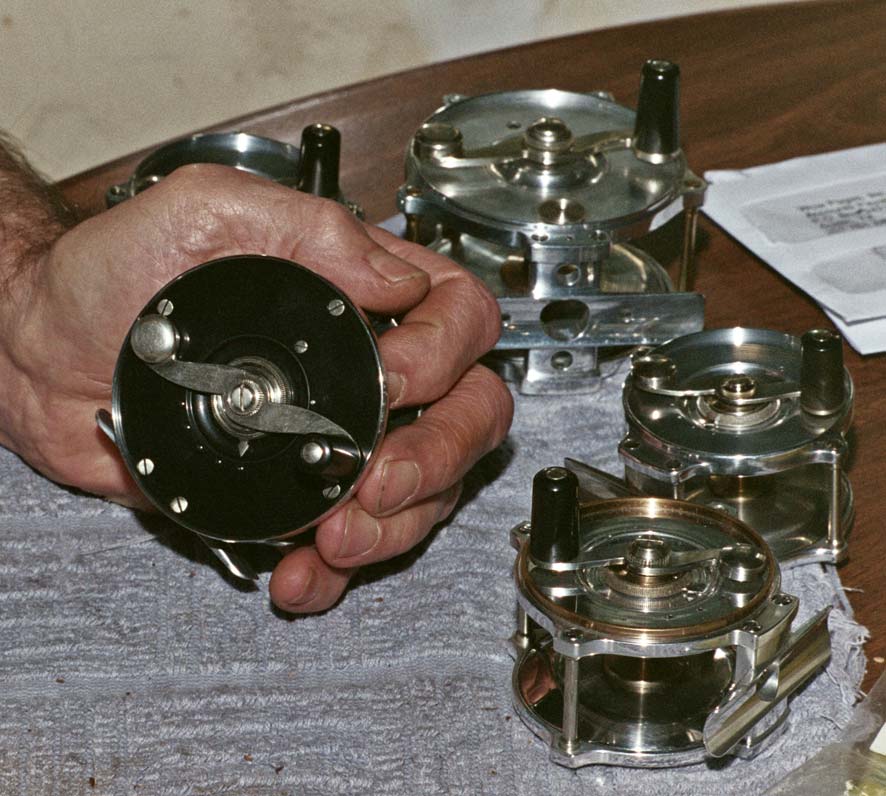
Not only a reelmaker would call this a good handful! And, by the way, this foto is a tell tale one,- three prototypes for the all-aluminium "raised pillar"?
